Fresh herbs enhance the flavor of almost any recipe, and there’s no better source than your backyard garden. This article explains when to plant an herb garden. Instead of purchasing dried herbs that have been packed and stored, try using some of the herbs you grew in your kitchen garden. There’s also a certain purity to growing your vegetables and herbs instead of buying them in bulk from a store and saving money. Below, we learn about the herbs growing season chart in India, a sowing guide, germination, and a planting calendar for growing herbs in Indian home gardens.
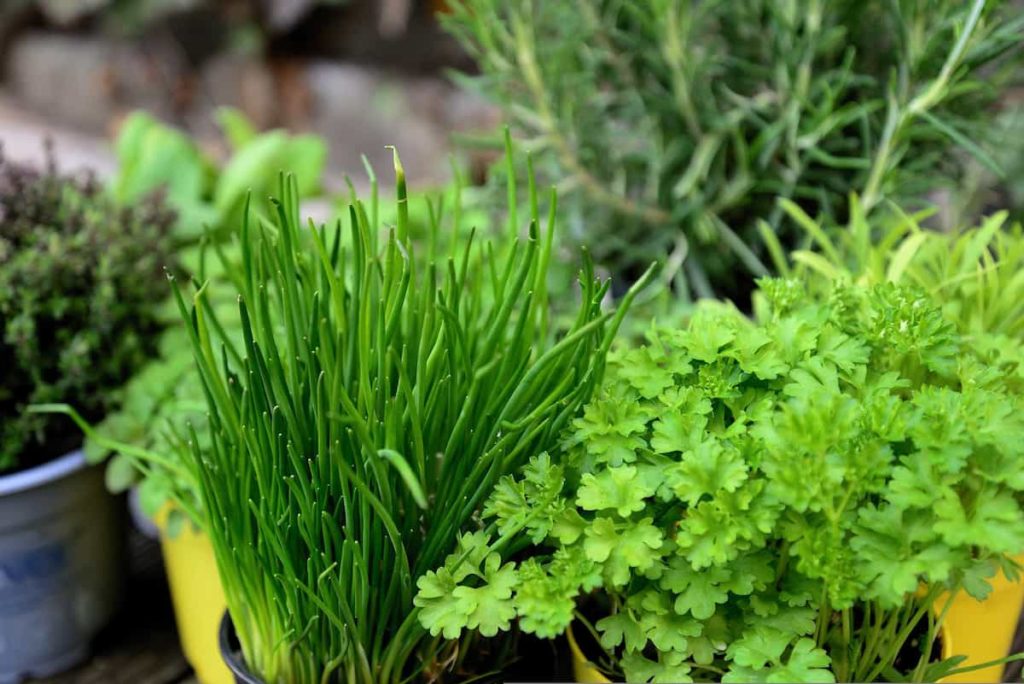
Herbs growing season chart in India
What is the best month to plant herbs?
Planting herbs inside or out, whether annuals, biennials, or perennials, all affect when you should start seeds. Your local climate and weather will also have a role. Herbs that mature annually or biennially, including basil, dill, coriander, and parsley, are best started from seed in the spring and summer. Because of the high demand, limited shelf life, and optimal harvesting age of these herbs, it is advisable to cultivate them in succession from spring to autumn, every three to four weeks.
To give these herbs a head start, they can be seeded in pots in a greenhouse in the late winter and then put out after the soil has warmed up in the spring. Perennial herbs like rosemary, sage, and thyme benefit from being started inside with supplemental heat in the spring, then transferred to containers for further development before being hardened off and planted outside in the summer.
Perennial herbs like mint are often best produced from seed or by dividing established plants in the spring. Planting cuttings of Mediterranean perennial herbs like rosemary, sage, lavender, and thyme is successful. Late summer and fall are suitable for semi-ripe softwood cuttings. These should be brought within for the winter, ideally to a sunny windowsill or greenhouse, and then planted outside in the spring after all danger of frost has gone.
To get the most out of these herbs, locate them in full sun and on dry, poor soils and Stoney. Place them in gravel gardens, pathways, or cracks between paving stones for the greatest results. Mediterranean fragrant herbs are great for planting in pots on a patio near sitting areas, and they grow well together in herb planter ideas since they need the same care.
When should I plant basil in India?
In February or March, plant basil seeds in a small pot and place them on a sunny window sill. In April, you should repot the seedlings into a larger container. Flavorful pesto is made from basil leaves and used in pasta, salads, and curries.
How do I start an herb garden in India?
When it comes to your kitchen garden, you must ensure you have enough coriander or cilantro, as it is known in the West. Growing coriander can be challenging, even though it is used in almost every recipe. It has to be maintained wet at all times since it dries out quickly. Thus, it can only be grown in regions that get filtered sunshine. This plant is best grown just before the first frost of winter.
In case you missed it: Exotic Herbs Farming in India: A Growing and Production Guide for Beginners
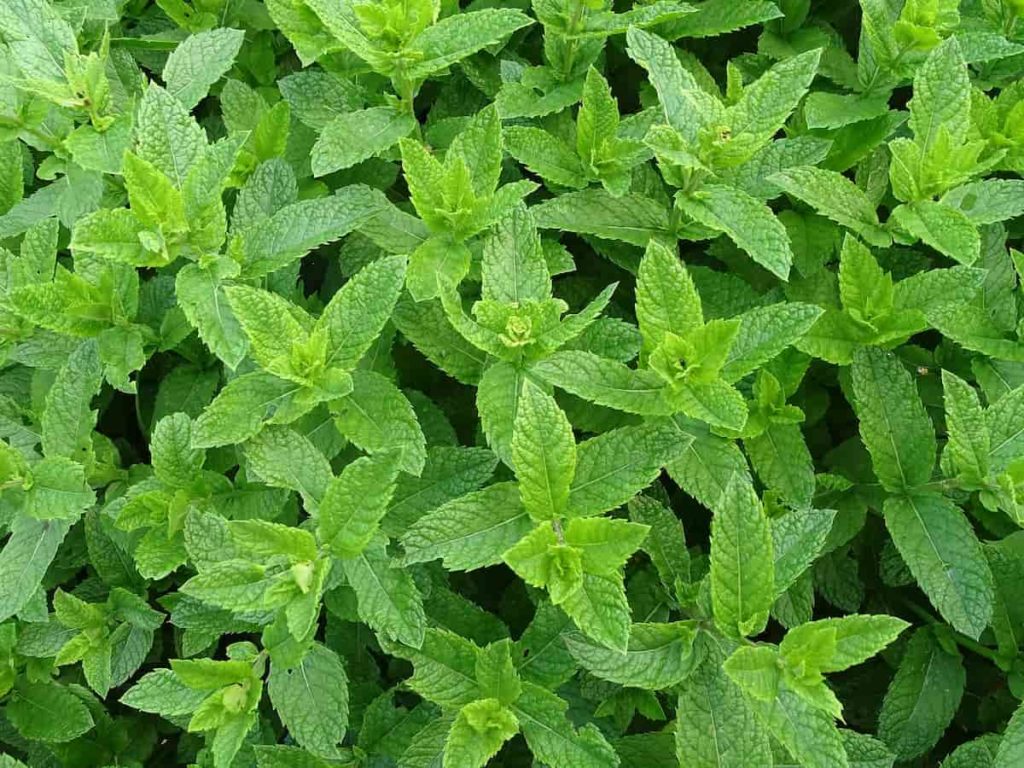
In the summer, many people in India enjoy a refreshing mojito, while many others have chutneys with breakfast. Mint leaves are used in both of these recipes. Mint leaves, also called pudina in India, are grown inside for their fragrant, refreshing leaves. They need little care and can thrive in almost any bright windowsill location. If you want maximum success with this plant, cultivate it throughout the winter.
Tulsi, often known as basil, is a plant held in high esteem across India. To thrive, this plant needs a lot of water and exposure to the sun. Tulsi is not only useful in the kitchen but also as a powerful medicinal herb. If you’re sick with a cold, try mixing some crushed Tulsi leaves with some ginger and honey. Turn it into a paste and take a teaspoonful. They thrive in the cold, so winter is the ideal season to plant them.
We Indians use curry leaves to season almost everything, especially dals and curries. Mustard seeds are the frosting on the cake; our food isn’t the same without them. Gardening with curry leaves is necessary since they are an essential herb. They have therapeutic benefits in addition to being a tasty addition to food. This is a very low-maintenance plant that can be used in the kitchen. Water it every other day in a sunny spot. Curry leaves are best grown in the summer months.
Another herb that enhances the flavor of Indian cuisine. They are used medicinally in most Curries, Parathas, Vadas, and Dals. Methi is a miracle cure-all for anything from excess dandruff to a leaky stomach. Better results are seen during the winter months. Dill is widely utilized in Eastern and Western cuisines due to its delicious flavor and beneficial nutritional properties. Plant dill in a sunny, well-drained spot for optimal development. Growing them successfully may take up to three weeks, so plan accordingly for the spring.
Has it come to your attention that Brahmi herb can help you relax and have a good night’s sleep? This herb can be enjoyed by adding it to a paste, oil, or tea. In traditional Indian medicine, Brahmi treats various respiratory and gastrointestinal conditions. It is possible to transplant tiny rooted stems. As soon as these seedlings are planted, they begin to develop. Get some potting mix and fill the container before you put the stems. Make sure the pot has a hole in the bottom for water to flow out.
Once the plant begins to bloom, you can harvest the leafy stems as needed. The following are some suggestions for maintaining your herb garden to continue to look beautiful and produce herbs for a long time: Make sure the containers you use drain properly, or use self-draining containers. Always use indoor-appropriate potting soil. For most plants to thrive, sunlight is essential. You should water them, but not too much. Separate the herbs by planting them in individual containers. Herbs thrive in an environment with plenty of fresh air.
In case you missed it: Best Place to Buy Plant Seeds Online in India: For Vegetables, Flowers, Fruits, Herbs, and Hybrid Seeds
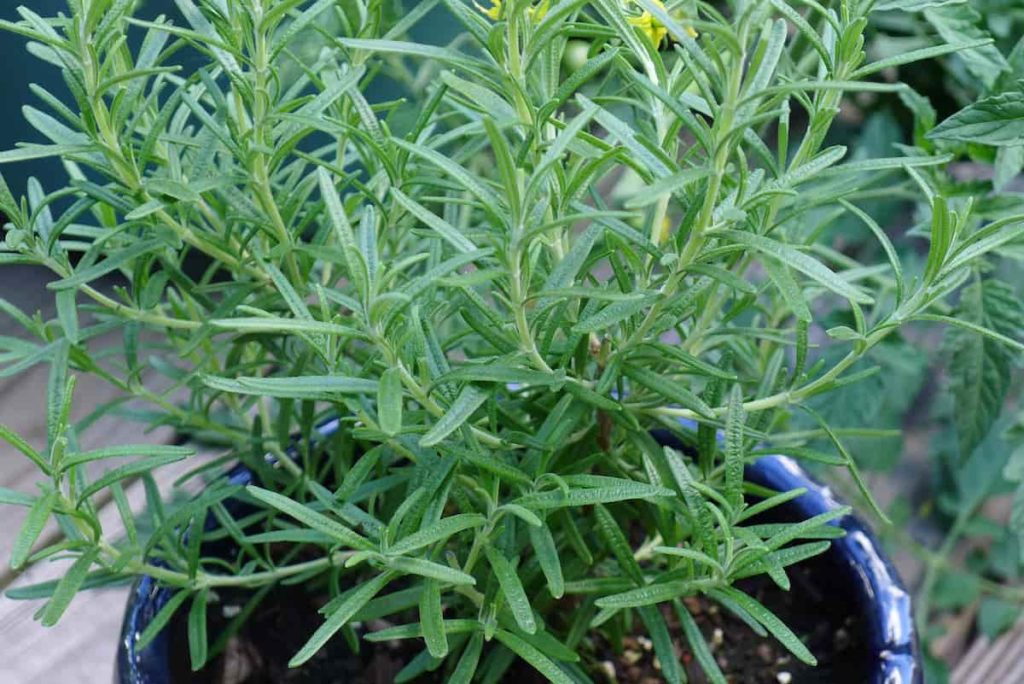
When should I plant parsley in India?
Planting seeds outside in the spring (March/April) and again in the late autumn (September/October) results in rapid development the following spring. Plant seeds directly in the ground in the spring when the soil has warmed to around 70 degrees Fahrenheit. Soaking parsley seeds in lukewarm water for 24 hours can help speed up the sprouting process, which can take up to four weeks. 8-12 weeks before the last frost, you can begin starting seedlings inside.
Parsley thrives on soil that has been amended with plenty of organic matter like compost and well-rotted manure. The optimal pH range for cellular respiration and nutrition uptake is 6.0–7.0. Plant each row of seeds an inch apart and no deeper than a quarter of an inch as soon as the second set of genuine leaves has shown, thin to a spacing of about 6 inches.
You can use a foliar formula of 3-1-2 or 5-1-1 or fertilizers with an N-P-K (nitrogen, phosphorous, potassium) ratio of 1-1-1. After the first big harvest, you can apply a nitrogen side dressing to encourage further leaf development. The 5-1-1 composition of fish fertilizer is ideal for leafy greens and plants. It’s best to harvest seeds in late summer and keep them in a dry, cold place until planting time the following year.
Which herbs can be grown indoors in India?
Given the current lack of available area, many want a beautiful garden. But if you have a little patio or a window sill, you can produce a few easy-care herbs and greens right in your home. Growing herbs at home couldn’t be simpler. Herbs flourish in India’s temperate climate. Thyme, mint, and basil are good places to start. Plant the seeds in indirect sunlight, like near a windowsill.
Can I grow thyme in India?
Thyme is a tough perennial shrub growing from 20 to 40 centimeters tall. Its leaves are both fresh and dried, are curled, brownish green in color, and measure 6.7 millimeters in length. Aromatic, spicy, and pungent best describe the taste. This plant is grown in the western Himalayas and Nilgiris, where the climate is milder. Thyme thrives in the hills where the weather is moderate and the soil is sandy.
Can herbs get too much sun?
Herbs, in general, need a good deal of sunshine. Herbs often thrive as long as they are exposed to at least four hours of sunshine daily. However, herbs like rosemary, lavender, and basil can handle more sunshine and thrive in them (6 – 8 hours a day). Are you trying to find herbs that can thrive in a location that gets filtered sunlight or is partly shaded? You may grow some chervil or parsley. While it’s true that various herbs have varying soil requirements, it’s simple to put plants together based on their shared requirements.
Most herbs need rich, wet, well-drained, and somewhat fertile soil for optimal growth. No matter what kind of herbs you want to plant, it is essential to maintain healthy soil. Herbs generally require a pH between 6 and 7, so checking the levels is essential before planting. For herbs to thrive, the soil should be quite sandy and loose. Plants lacking a certain mineral can benefit from applying a liquid micronutrient fertilizer.
Plants of all kinds need consistent watering, although certain herbs require more. Most herbs need watering whenever the soil is dry. When planting herbs, it’s important to combine plants with similar watering and light requirements. Do not plant basil next to lavender since basil requires more water, and lavender prefers dry soil between waterings.
Most herbs do best with around once weekly watering. Watering frequency can increase to twice weekly when temperatures rise dramatically, or rainfall is scarce. It is best to water your plant between 6 and 10 in the morning, when it is colder, to reduce the amount of water lost to evaporation before it reaches the roots.
In case you missed it: Gardening Tips for Beginners: At Home, in Pots/Containers, Indoors, On Terrace for Vegetables, Flowers, Fruits, and Herbs
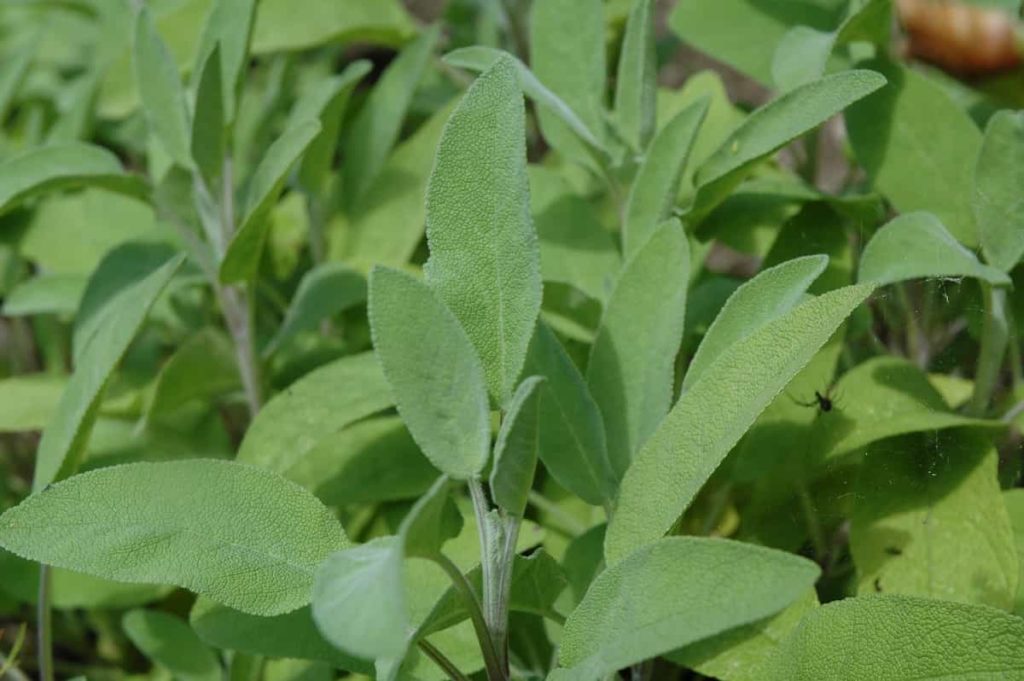
How can I make herbs grow faster?
The plant you purchase is the first step toward a successful herb garden. Find vibrantly colored, fully developed plants with a single insect or egg. Finding even a single aphid in your garden indicates that many more are hiding and ready to attack your other plants. If you have a big garden, you can isolate a sick herb while you treat it. Fixing an infected herb garden is not worth the time or effort. Look for the most nutritious herbs on the market.
Herbs benefit greatly from pruning, which encourages rapid and orderly growth. Herbs have tremendous flavor from their leaves and stems, which may be harvested when the plant is pruned. Unpruned plants grow higher on fewer stems and lose their leaves. The outcome is leafless stems that are quite tall. You also facilitate the beginning and end of the herb plant’s life cycle. By taking frequent harvests, you can extend the time the herb spends actively growing.
This prolongs the herb’s productive life by encouraging the growth of stems and leaves at the expense of blossoms. Herb plants benefit both visually and physiologically from frequent pruning. Light, all-purpose fertilizer should be used to maintain healthy growth after planting herbs. They can be given a boost with weekly compost tea. There will be many harvests of herbs during the growing season. That indicates they’ll need to put in more effort to maintain their current development phase for longer.
Compost tea should be used to moisten the soil rather than the leaves. It’s better for the plant and keeps any potential food contaminants off the fresh leaves. Practicing purchasing more herbs than can be grown in a given space is usual. Check the tags attached to the herb plants you buy to get an idea of how tall and wide they will go when they mature. If you don’t like the appearance of mulch, you can always plant a fast-growing annual between the herbs. Rather than planting herbs too closely together, it is best to underplant them.
Overplanting is counterproductive since it wastes resources and prevents your herbs from establishing a solid foundation that will get them through the winter and into new growth in the spring. Herb gardens need constant attention and care. If the gardener is familiar with the plant’s normal look, they can detect any problems early on. Conduct a damage assessment on the soil and plants near your herbs.
If you see that the leaves and stems of your plant are withering, turning brown, or curling, you may have identified the problem in time to save it. Herbs need little care. Even though they’re little maintenance, you’ll need to stick to a regular watering regimen to ensure a steady supply of new harvest throughout the season. Water your herbs first thing in the morning while the soil is still cool, and the water can seep in without evaporating.
In case you missed it: How to Control Aphids on Plants Naturally and Organically: In Vegetables, Fruits, Herbs, and Flowers
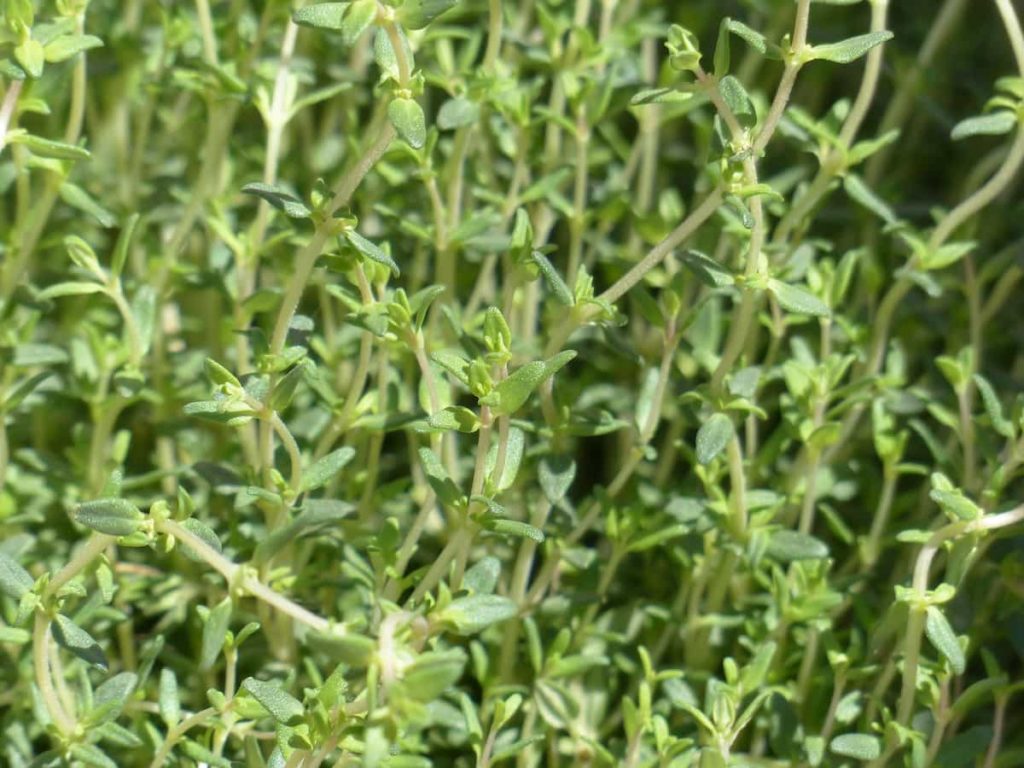
The soil surrounding the herb should be watered, but never the leaves themselves. This will cause mold and disease. Even herbs need nutritious mulch to grow. Because mulch helps the soil keep its moisture for longer, it can reduce how often you have to water your plants. However, mulching up to the stem of an herb might attract various insects and other unwanted critters.
Growing season chart for herbs in India
| Herbs | Sowing time | Germination time |
| Cumin | Oct to Nov | 7 to 14 days |
| Coriander | Sept to Oct | 2 to 3 weeks |
| Fenugreek | June to July, October | 3 to 5 days |
| Mustard | Sep to Oct | 7 to 10 days |
| Holy basil | Feb to Mar | 7 to 10 days |
| Ginger | Mar to April | 6 to 8 weeks |
| Turmeric | Mar to Apr | 6 to 10 months |
| Lemon grass | Mar to Apr | Two weeks |
| Parsley | Nov to Jan | 7 to 10 days |
| Sage | Feb to Mar | 10 to 21 days |
| Curry leaves | July to Aug | 10 to 15 days |
| Dill | Oct | 10 to 14 days |
| Mint | Feb to Mar | 7 to 15 days |
| Oregano | Feb to Mar | 1 week |
| Rosemary | Sep to Oct | 15 to 25 days |
| Thyme | April | Up to 4 weeks |
| Tarragon | July to Aug | 10 to 14 days |
| Chives | Mar to July | 7 to 10 days |
In case you missed it: Top 40 Ways to Increase Crop Yield/Production: For Vegetables, Fruits, Flowers, Herbs, Tips, Ideas, and Techniques
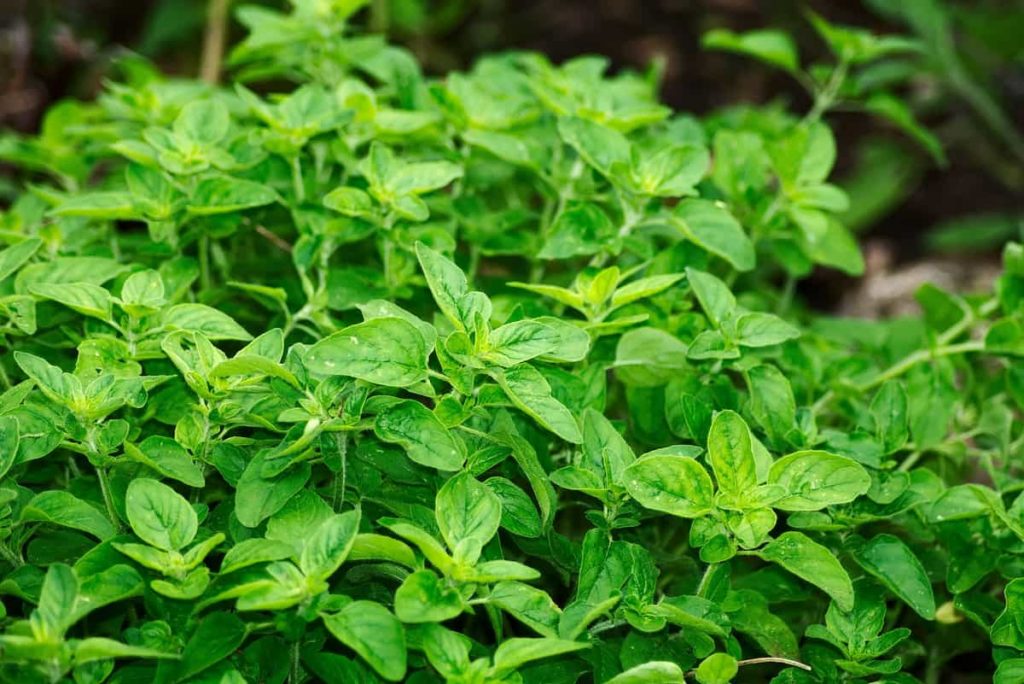
Conclusion
Since you know how simple it is to grow your herb garden, you should grab your gardening tools and work. Avoid having to place another order for fresh coriander or curry leaves. After all, nothing beats a dish seasoned with herbs you just gathered from your very own kitchen garden.
- How to Make Houseplants Bushy: Effective Tips and Ideas
- Innovative Strategies for Boosting Coconut Pollination and Yield
- Pollination Strategies for Maximum Pumpkin Yield
- The Complete Guide to Chicken Fattening: Strategies for Maximum Growth
- Natural Solutions for Tulip Problems: 100% Effective Remedies for Leaf and Bulb-Related Issues
- Revolutionizing Citrus Preservation: Towards a Healthier, Greener Future
- Natural Solutions for Peony Leaf and Flower Problems: 100% Effective Remedies
- Maximizing Profits with Avocado Contract Farming in India: A Comprehensive Guide
- Natural Solutions for Hydrangea Problems: 100% Effective Remedies for Leaf and Flowers
- The Ultimate Guide to Choosing the Perfect Foliage Friend: Bringing Life Indoors
- From Sunlight to Sustainability: 15 Ways to Use Solar Technology in Agriculture
- The Ultimate Guide to Dong Tao Chicken: Exploring from History to Raising
- The Eco-Friendly Makeover: How to Convert Your Unused Swimming Pool into a Fish Pond
- Mastering the Art of Delaware Chicken Farming: Essentials for Healthy Backyard Flocks
- 20 Best Homemade Fertilizers for Money Plant: DIY Recipes and Application Methods
- How to Craft a Comprehensive Free-Range Chicken Farming Business Plan
- Brighten Your Flock: Raising Easter Egger Chickens for Beauty and Bounty
- How to Optimize Your Poultry Egg Farm Business Plan with These Strategies
- Subsidy for Spirulina Cultivation: How Indian Government Schemes Encouraging Spirulina Farmers
- Ultimate Guide to Raising Dominique Chickens: Breeding, Feeding, Egg-Production, and Care
- Mastering the Art of Raising Jersey Giant Chickens: Care, Feeding, and More
- Ultimate Guide to Raising Legbar Chickens: Breeding, Farming Practices, Diet, Egg-Production
- How to Raise Welsummer Chickens: A Comprehensive Guide for Beginners
- How to Protect Indoor Plants in Winter: A Comprehensive Guide
- Ultimate Guide to Grow Bag Gardening: Tips, Tricks, and Planting Ideas for Urban Gardeners
- Guide to Lotus Cultivation: How to Propagate, Plant, Grow, Care, Cost, and Profit
- Agriculture Drone Subsidy Scheme: Government Kisan Subsidy, License, and How to Apply Online
- Ultimate Guide to Raising Araucana Chickens: Breed Profile, Farming Economics, Diet, and Care
- Bringing Hydroponics to Classroom: Importance, Benefits of Learning for School Students
- Ultimate Guide to Raising Polish Chickens: Breed Profile, Farming Economics, Diet, and Care
- Ultimate Guide to Raising Australorp Chickens: Profile, Farming Economics, Egg Production, Diet, and Care
- Silkie Chicken Farming: Raising Practices, Varieties, Egg Production, Diet, and Care
- Sussex Chicken Farming: Raising Practices, Varieties, Egg Production, Diet and Care
- Homemade Feed Formulations for Livestock: Discover Cost-effective Starter to Finisher Feed Recipes
- 20 Best Pig Weight Gain Supplements: Top Swine Weight Gain Formulas
- Ultimate Guide to Elderberry Farming: Propagation, Planting, Yield, Cost, and Profit